Which is better to brew black tea with cover bowl or purple sand pot? purple sand cover bowl is suitable for brewing what kind of tea
The cover bowl, literally meaning cover bowl, is probably the most versatile tea set. It can be used as a teapot, a tasting cup, or instead of a teacup. Its best material is porcelain. They have a wide variety of designs and a huge price range, from very affordable mass-produced works of art to unique artist works. It may have been invented as a tool for making tea in the 9th century, but its current form did not become popular until after the 18th century.
Use a lid bowl
Because of its simple shape, large opening and no internal incisions, once you get used to it, the lid bowl is easy to clean and smooth to use. When it can hold a small amount of tea like the traditional tea-making method, the wide inverted bell helps the convection of water inside, achieving the best tea-making effect. Even better, its openness makes it easy to hold a large number of leaves, even bulky leaves, so those who like kung fu use it as a main tool.
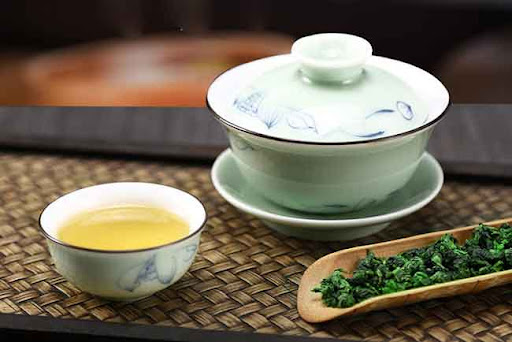
Select cover bowl: size and shape
It comes in a variety of sizes and shapes. My advice is based on functionality and versatility. If you want to buy them for fun or collection, please ignore my advice.
Its shape takes into account ergonomics and thermophysics, making it an effective tool for making tea and drinking as a cup. In addition to the choice of materials, there are five main considerations:
Width-height ratio
This ratio determines how easily the pot cover rotates the tea balls gathered at the bottom of the pot cover. When making Kungfu Tea, the height of the bowl should not exceed 2/3 of the diameter of the cover.
The shape of the bowl
The cone of the bowl should be like this, and the tea balls can be easily gathered at the bottom to rotate and clean. The bottom can have an angle or a circle. The cone also facilitates the flow of liquids during decanting or drinking.
The shape of the lid
The button on the lid should be recessed in the center so that it can dissipate heat rather than accumulate heat, otherwise you will burn your fingers. The dome of the lid should be slight, but not flat, so that there is enough air between the liquid and the lid as insulation. When you need to press the lid during decanting, the excessive dome makes it difficult to deal with.
The shape of the disk
When cutlery is used as a cup, the plate doubles as a handle. Therefore, the bowl must be able to sit comfortably and safely inside, so that when the hand raises the plate, the bowl inside the plate will not make any noise. In this way, you will feel safe when you tilt the saucer. Therefore, the depth and shape of the fovea are very important. The width of the ring determines how easy it is to hold the bowl. Too small, the bowl becomes heavy and clumsy to handle; if it is too wide, the plate will hit the chin.
The size of the user's hand and the comfort of the device she controls are another major consideration. Your confidence in tools determines the quality of soaking, just like cooking.
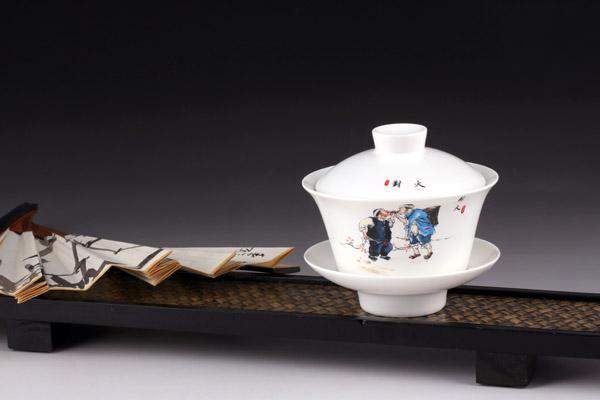
Material thickness
In order to achieve the best impregnation performance, the size and heat dissipation performance of the impregnator are also considered. To make mold bowls, I usually use economics awards, and I usually go to those with an average thickness of 1.5mm (sidewall bowls) and 140ml capacity. This is good, because the time between the infusion I use and these lid bowls is usually 20 seconds to 3 minutes.
If you use it for a long time, use a larger, or thicker one.
I haven't done any scientific calculations, nor have I recorded experiments with it, but when the thickness reaches 2 to 2.5 millimeters, the heat stays longer. However, the material becomes a little too hot to handle easily, and the pouring becomes more clumsy.
Materials
Porcelain
In terms of thermal management, throwing porcelain lid bowls by hand is a good choice. The edge of the bowl can be kept quite thin (about or less than 0.5 mm), while the bottom can be 2.5 mm or more thick for effective heat retention. The thinness of the edges makes it easy for the material in the area to cool down quickly during processing. The heat preservation effect of the 160 ml thin side hand throwing pot is twice as good as that of the 130 ml and 1.5 mm hand throwing pot, which is because the bowl wall is getting thicker and slightly larger.
One of its disadvantages is that the price is relatively high. Half-molded ones are cheaper.
Porcelain is my ultimate recommendation, whether hand-thrown or semi-molded. It is easy to clean, light in weight and most effective in managing calories during infusion. It is also very affordable.
In order not to be distracted, I always choose white. If you prefer colored glazes or decorations, make sure the interior of the bowl is white or white, with minimal decoration. In this way, the color of the infusion can be easily observed.
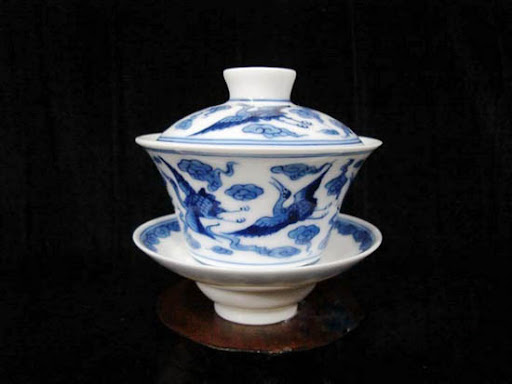
The molds are not so ideal, especially those with heavy glaze decoration, the edges are too thick and the lid is not easy to hold. Their prices may be higher than those made by semi-molds, but their practical value is much lower.
Yixing clay
Since capping bowls are first made for multiple uses, I really don't understand the point of using Yixing capping bowls, unless you often use only one choice of tea. As I mentioned in the chapter Yixing Pot, a piece of tea made in Yixing must maintain a specific tea variety.
Coarse glazed pottery
Stoneware is usually made of moulds and is usually quite thick because of the nature of the material. Because of the thickness, the heat does not dissipate easily at the edge, where you have to keep changing bottles. If you feel comfortable with the heat treatment, thickness and weight, however, when you like to soak for a long time, a stone tool is a good consideration because of its excellent heat preservation ability. Make sure the surface is smooth and easy to clean.
Glass
Glass is not well insulated, especially at the bottom, where it is the thinnest, and the utensils made by moulds are limited by the production method. Heat accumulates on the edges and lids of the buttons, where the material is thicker, making the handling uncomfortable. The pouring performance of glass cover bowl is generally poor. Its only advantage is its transparency.
Lacquer
These are basically bowls and are not suitable for brewing. The most common is artificial paint, which smells bad when heated. Most designed lids have a small vertical wall at the edge. The edge of the bowl is also quite straight. These are not lid bowls, but general purpose capping bowls.
Important Notice :
前街咖啡 FrontStreet Coffee has moved to new addredd:
FrontStreet Coffee Address: 315,Donghua East Road,GuangZhou
Tel:020 38364473
- Prev
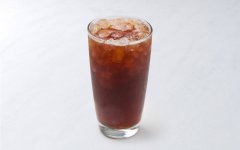
How to process black tea the whole process of black tea production process video of fermentation process technology
Kung Fu black tea and some orthodox works are much heavier than the broken leaves that some people are used to. Therefore, the idea of putting a teaspoon of tea into a cup may not work very well. You can start with 3 grams per cup. Taste contrary to popular belief, not all serious tea drinkers are opposed to adding sugar and milk to black tea. But most of the time I drink directly. A cup of bubble
- Next
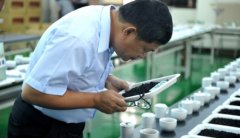
Which black tea tastes good how to describe the taste characteristics describe the steps and methods of tea review
Cup test is the fastest way to understand the characteristics of different tea and compare the same variety and different quality tea. This is also the door of quality control in the industry. Tools and materials choose some of the tea you want to study and compare (it is wise to compare the same type of tea in each round, especially at the beginning, before you are very confident in the process) a 150 ml cup with a tea bowl.
Related
- What effect does Italian American coffee with filter paper have? Will coffee taste better if it is put on filter paper at the bottom of the powder bowl?
- What is the color difference in coffee beans? What are the characteristics of honey processed coffee beans? Why are the anaerobically treated coffee beans uneven in color?
- How does novice Xiaobai quickly get started and make coffee? Newbies learn to make coffee by hand and share the specific steps and process process!
- Costa tea has a shelf life of 100 years?! Expert: Unable to verify
- It's a huge uproar! American milk addition was rejected by Manner employees?!
- Mocha pot coffee bean recommendations| How fine and how much powder should be used for grinding? What parameter ratios do I need to use to make milk with Mocha pot coffee?
- What are the characteristics of the world's top ten coffee beans treated with Costa Rica honey? How to make black honey kadura from Tarazhu Pilon Processing Plant taste good?
- How to make deep-roasted coffee? What grinding water temperature does authentic Jamaica Blue Mountain No. 1 coffee use to brew it well?
- Selected high-grade rose summer coffee flavor tasting guide Why Panama rose summer has the aroma of flowers and fruits
- What equipment does a novice Xiaobai need to buy to learn to make coffee? Filter cup electronic scale bean grinder manual flushing pot purchase guide

